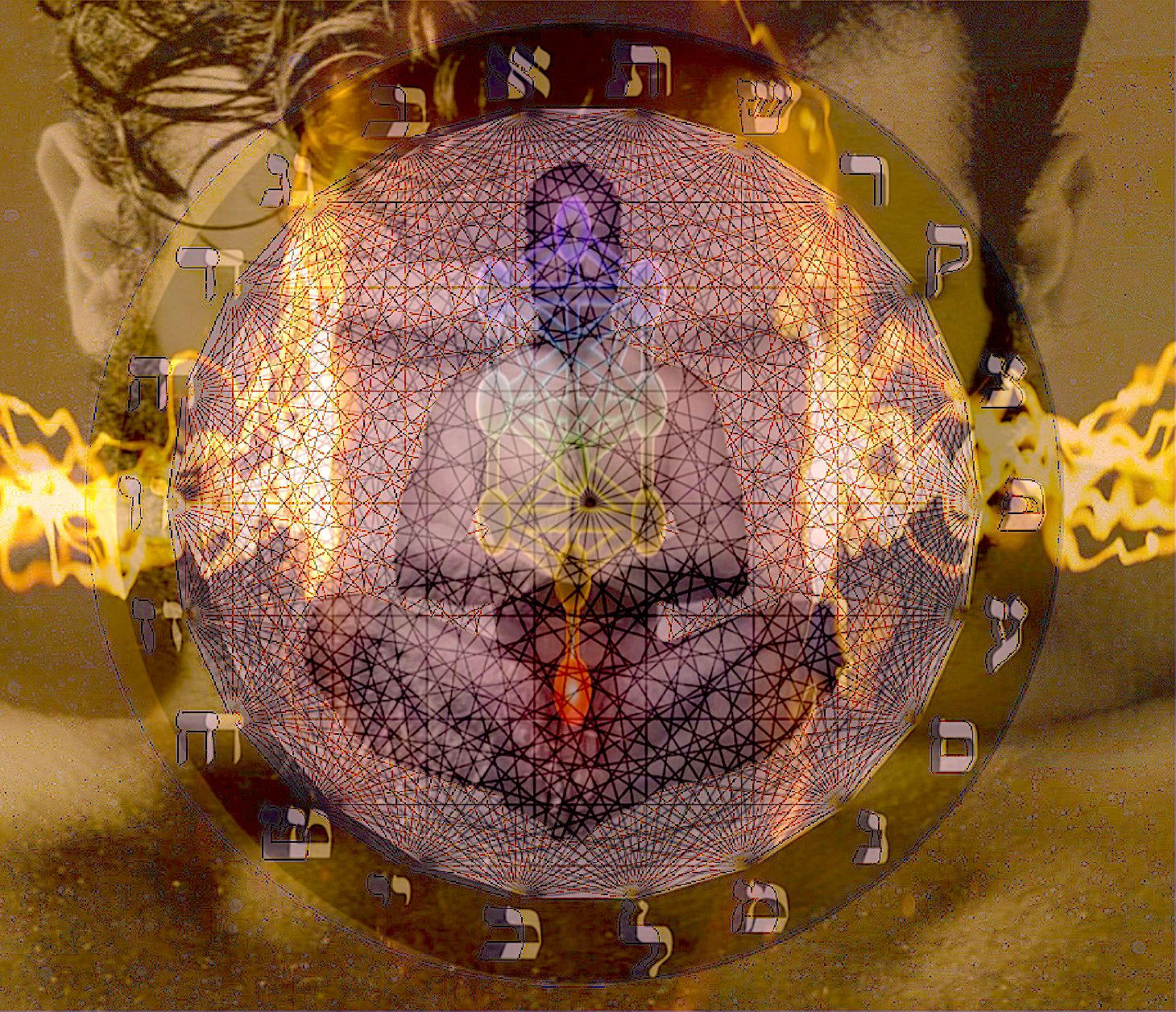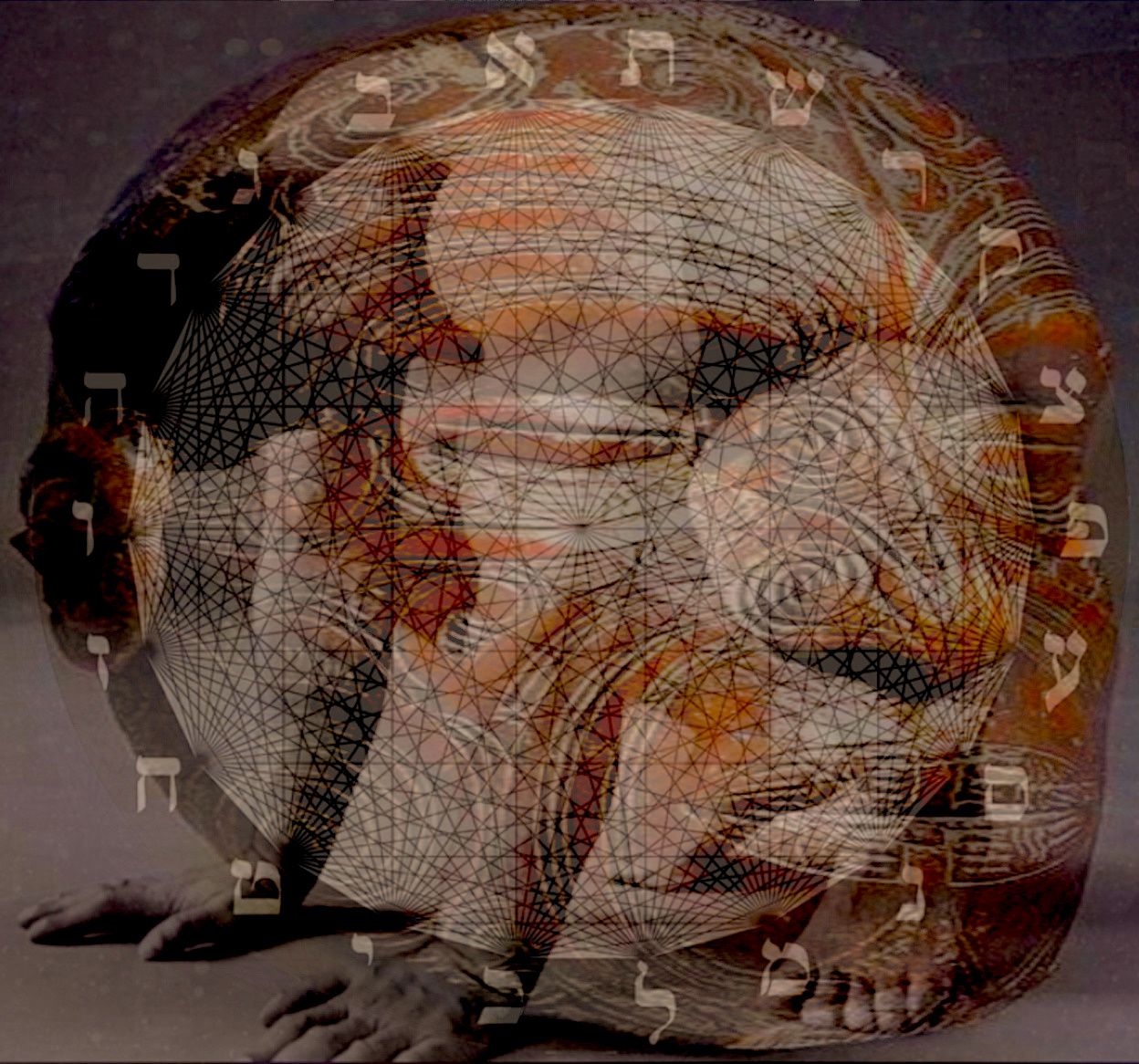Contemporary French Canadian Artists Capturing Social Decline in Urban Regions with Symbolist Talisman Representations
French Canadian visual artists emerge as powerful storytellers, capturing signs and symbols that mark social decline of urban regions worldwide.

In contemporary art, French Canadian visual artists have emerged as powerful storytellers, capturing the signs and symbols that mark the social decline of urban regions worldwide. Through their symbolist representations, these artists shed light on the profound impacts of interest rate surges during the transition from CeFi to DeFi, a pivotal period leading up to the singularity of 2030 AD.

In this article, we explore the work of these innovative artists and delve into the narratives they present through their captivating visual creations.
Interpreting Social Decline
Contemporary French Canadian artists bring a unique perspective, utilizing symbolism to depict the consequences of interest rate surges and the subsequent shifts in the financial landscape. Their artwork acts as visual narratives, representing a social decline in urban regions. These artists aim to provoke contemplation and dialogue surrounding the implications of economic fluctuations on society.




Symbolic Language
Symbolism forms the backbone of these artists' work, employing a rich visual language to communicate complex ideas. Their creations often incorporate figurative elements, archetypal imagery, and symbolic representations. Their art challenges viewers to decipher hidden meanings, encouraging a deeper exploration of the socio-economic forces shaping our world.
Urban Decay
One prevalent theme in the artwork of these contemporary artists is the portrayal of urban decay. They capture the crumbling infrastructure, abandoned spaces, and neglected neighbourhoods that reflect the consequences of economic volatility. These visual narratives provide a stark reminder of the impact that interest rate surges can have on cities' physical and social fabric.

The Dichotomy of CeFi and DeFi
The transition from centralized finance (CeFi) to decentralized finance (DeFi) is a backdrop for many of these artists' works. They highlight the struggles and tensions during this period of profound change, illustrating the clash between traditional financial systems and emerging decentralized technologies. The visual representations provide a thought-provoking exploration of the complexities and opportunities brought forth by this transformative shift.
Invoking Reflection and Dialogue
Through their powerful symbolist representations, contemporary French Canadian artists ignite a sense of reflection and critical dialogue. Their works prompt viewers to question the consequences of interest rate surges, the impact of economic shifts on urban regions, and the potential for societal transformation. By engaging with these thought-provoking artworks, viewers are encouraged to consider our cities' future and finance's role in shaping our collective destiny.

Using
The contemporary eye reflects the end of the CeFi era and the start of DeFi.
Contemporary French Canadian visual artists are at the forefront of capturing the symbolist representations that mark the social decline witnessed in urban regions worldwide during the transition from CeFi to DeFi. Through their artwork, they offer a profound exploration of the consequences of interest rate surges and the transformative power of economic fluctuations. By employing symbolism as their language, these artists provoke thought and inspire dialogue about the future of our cities in this ever-evolving financial landscape.
FAQ:
What makes Claude Edwin Theriault's artwork unique in the contemporary art scene?
Theriault's artwork stands out due to its innovative use of POD wall designs and NFTs on the Ethereum Blockchain, providing a new therapeutic value with symbolist talisman representations. This approach offers art that resonates deeply with liberal, tech-savvy audiences.
How do French Canadian contemporary artists like Claude Edwin Theriault utilize symbolism in their work?
These artists use symbolism to reflect on social decline and economic fluctuations, often represented through archetypal imagery and figurative elements. This symbolism invites viewers to contemplate and dialogue about the transformative power of such shifts on society.
What is the significance of the shift from CeFi to DeFi in the context of Claude Edwin Theriault's art?
Theriault's art captures this transition through compelling visual narratives, highlighting the struggles and opportunities presented by decentralized finance. His work prompts reflection on the broader financial landscape and its impact on urban and social fabrics.
Why should European audiences engage with Claude Edwin Theriault’s collection?
European audiences are encouraged to explore Theriault's work for its benchmark innovation that combines contemporary art aesthetics with advanced tech elements like NFTs. His art offers a resonant experience that aligns with forward-thinking, tech-savvy individuals.
How does Claude Edwin Theriault's art contribute to the NFT and contemporary art trends?
Theriault's integration of symbolist representations and NFTs positions his work at the forefront of art aesthetics trends. He sets a benchmark template for future digital art markets by forging a path in NFT aesthetics, especially within the evolving crypto space.
What therapeutic value do art enthusiasts find in Claude Edwin Theriault's creations?
Theriault's use of totemic talisman symbolism provides a therapeutic visual experience, allowing viewers to connect emotionally and intellectually with contemporary sociopolitical and economic themes. His work offers a deep, meaningful resonance for liberal art enthusiasts.
How can Claude Edwin Theriault’s artwork inspire reflection and dialogue?
Through his powerful imagery and symbolist narratives, Theriault's artwork sparks critical conversations about the economic and social transformations affecting urban spaces. His art encourages viewers to consider the future impact of these shifts on society.


